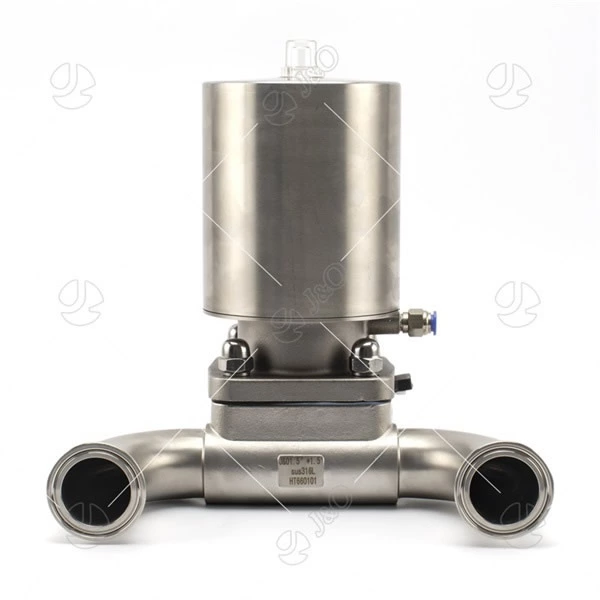Selection Of Sanitary Diaphragm Valves
Sanitary Diaphragm Valve Purchase and Installation
Purchase
When purchasing a sanitary diaphragm valve, the following key factors should be considered:
Material :
Body material: Usually high-quality materials such as 316L stainless steel are used. These materials have a smooth surface, are easy to clean and disinfect, and meet international hygiene standards such as FDA and EHEDG, effectively preventing microbial growth and product contamination.
Diaphragm material: PTFE composite materials are corrosion-resistant and durable, especially suitable for pharmaceutical factories and sanitary scenes. Materials such as EPDM and PTFE are also commonly used for diaphragms to improve sealing performance and service life.
Flow and pressure conditions :
Select the appropriate nominal diameter according to the maximum, minimum and normal working flow required by the system. The larger the flow, the larger the required nominal diameter.
Clear the working pressure range in the system and select a diaphragm valve that can withstand the corresponding pressure.
Sealing performance :
High-quality diaphragm valves should have good sealing performance to prevent fluid leakage and ensure the safety and reliability of the production process.
Structural form and design:
The split design is easy to disassemble and clean, saving time and effort.
The quick-install design simplifies the installation and maintenance process and improves work efficiency.
Applicable occasions:
Select the appropriate diaphragm valve according to the fluid properties (such as water, air, oil, corrosive chemical liquid, etc.) and the use environment (such as food, beverage, pharmaceutical, bioengineering and other industries).
Supplier and brand:
Choose a qualified and reputable manufacturer or supplier to ensure product quality and after-sales service.
